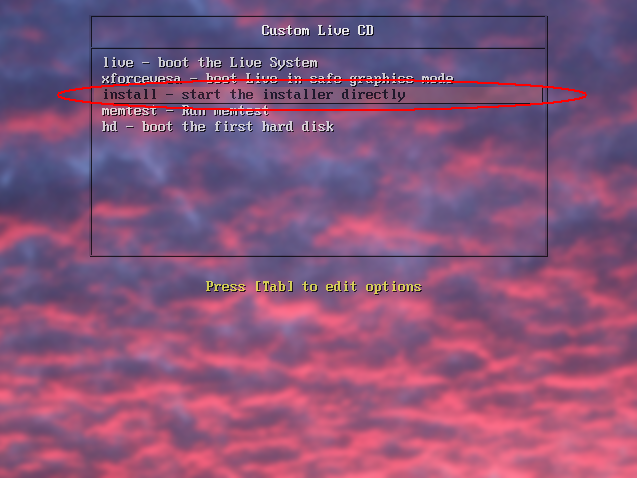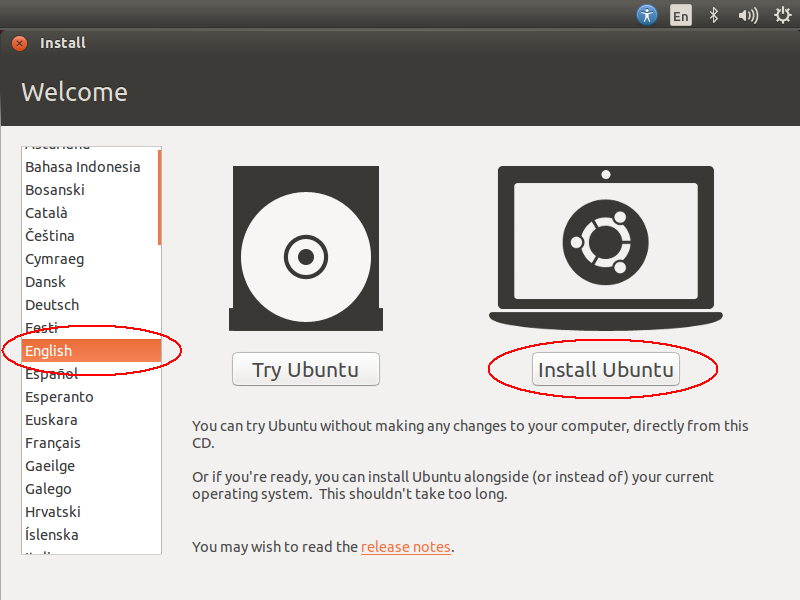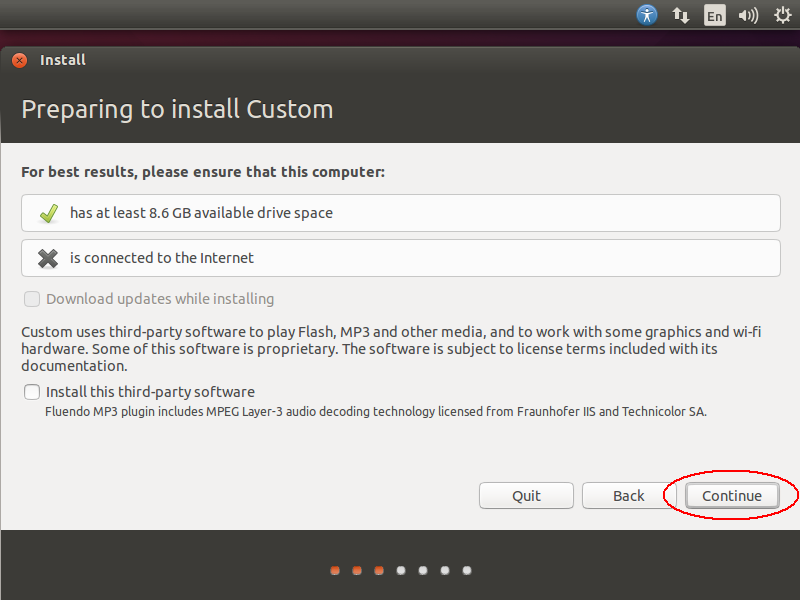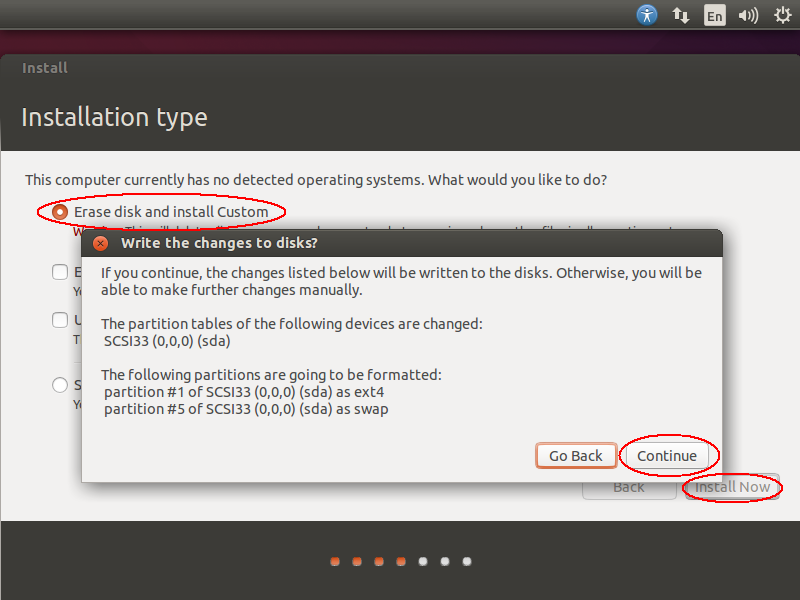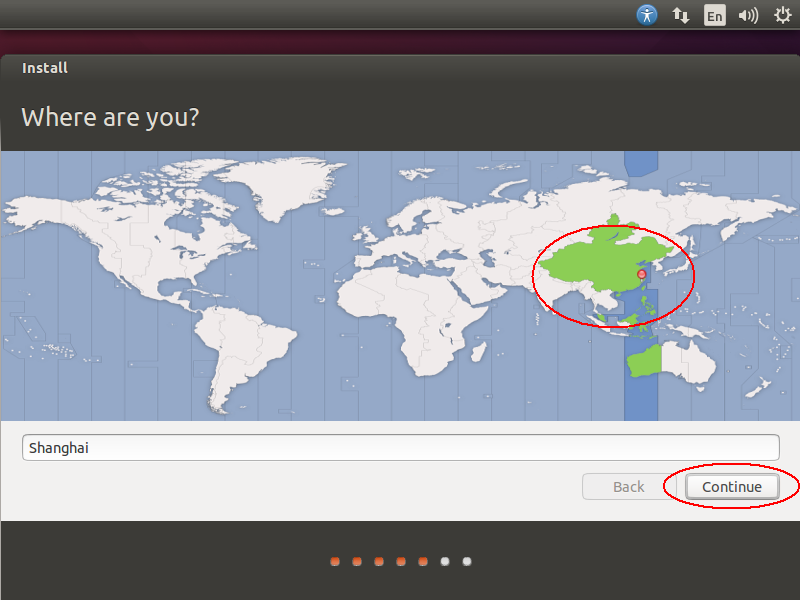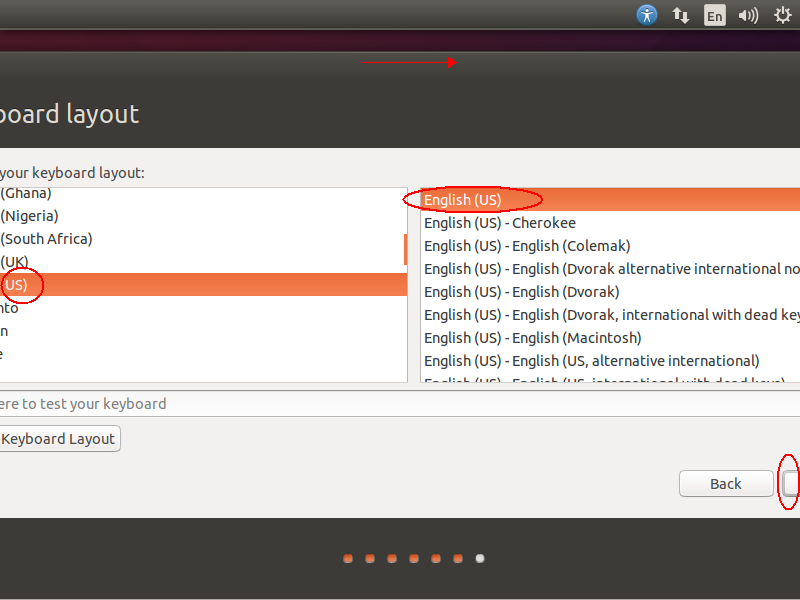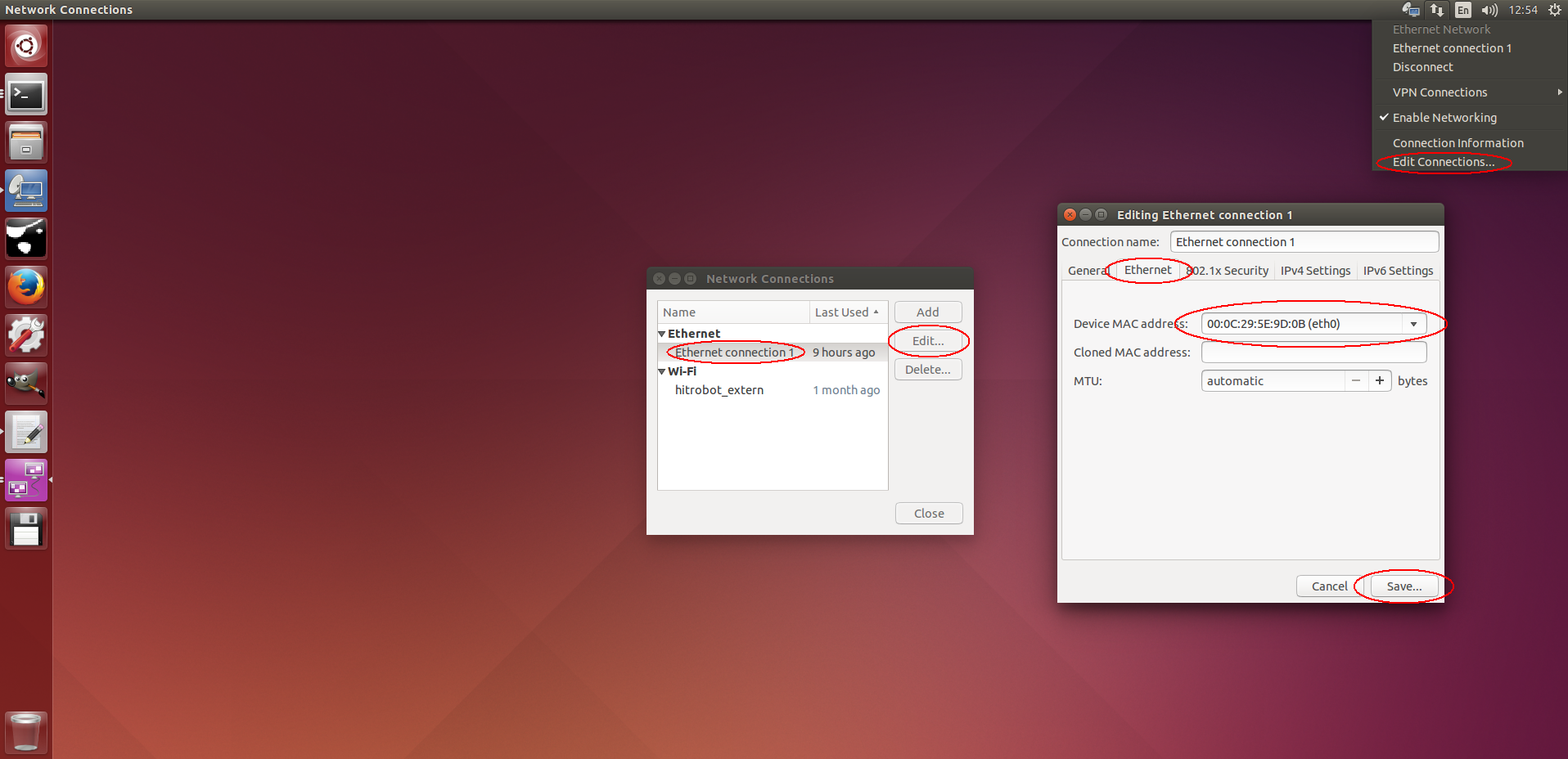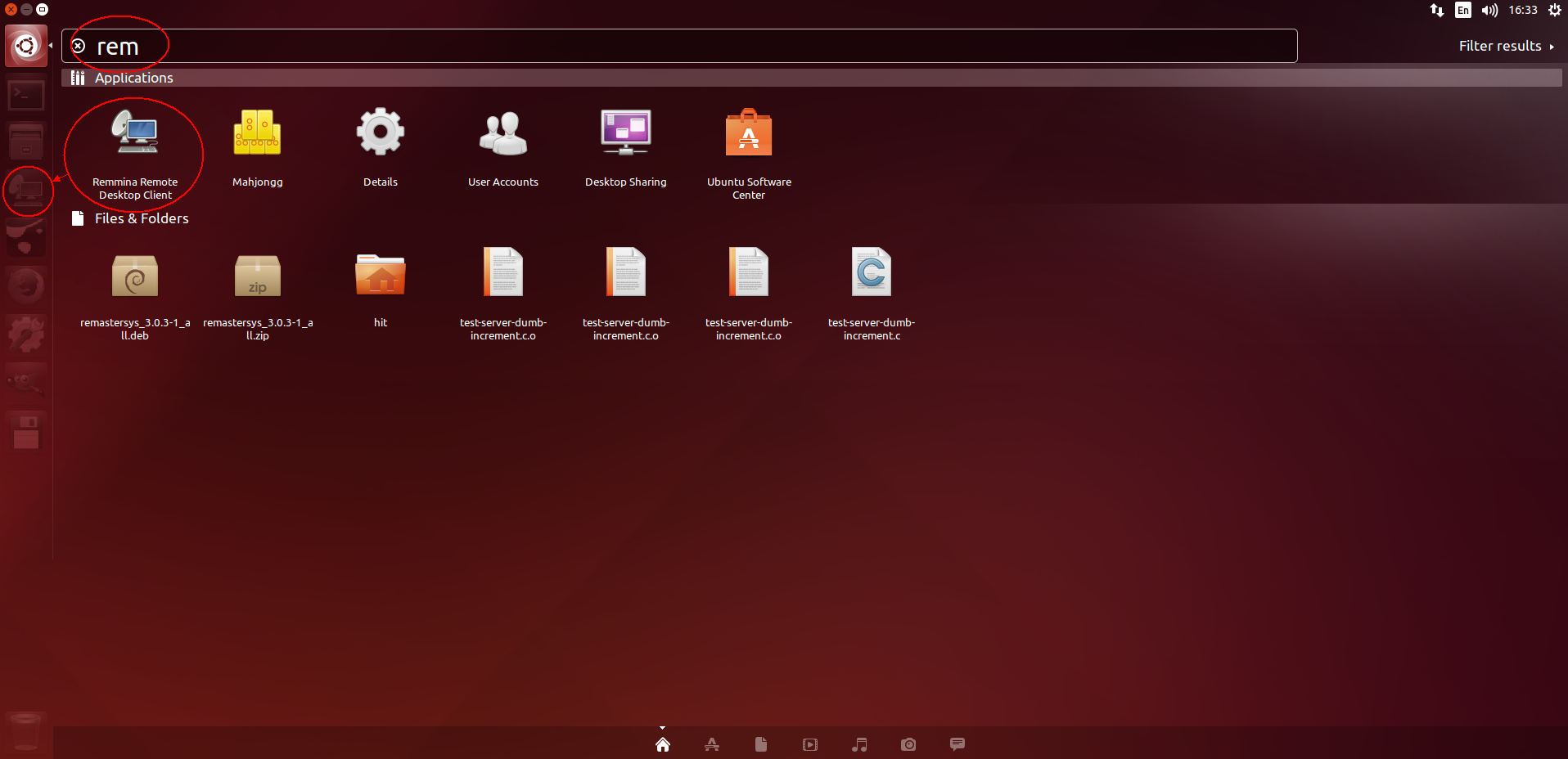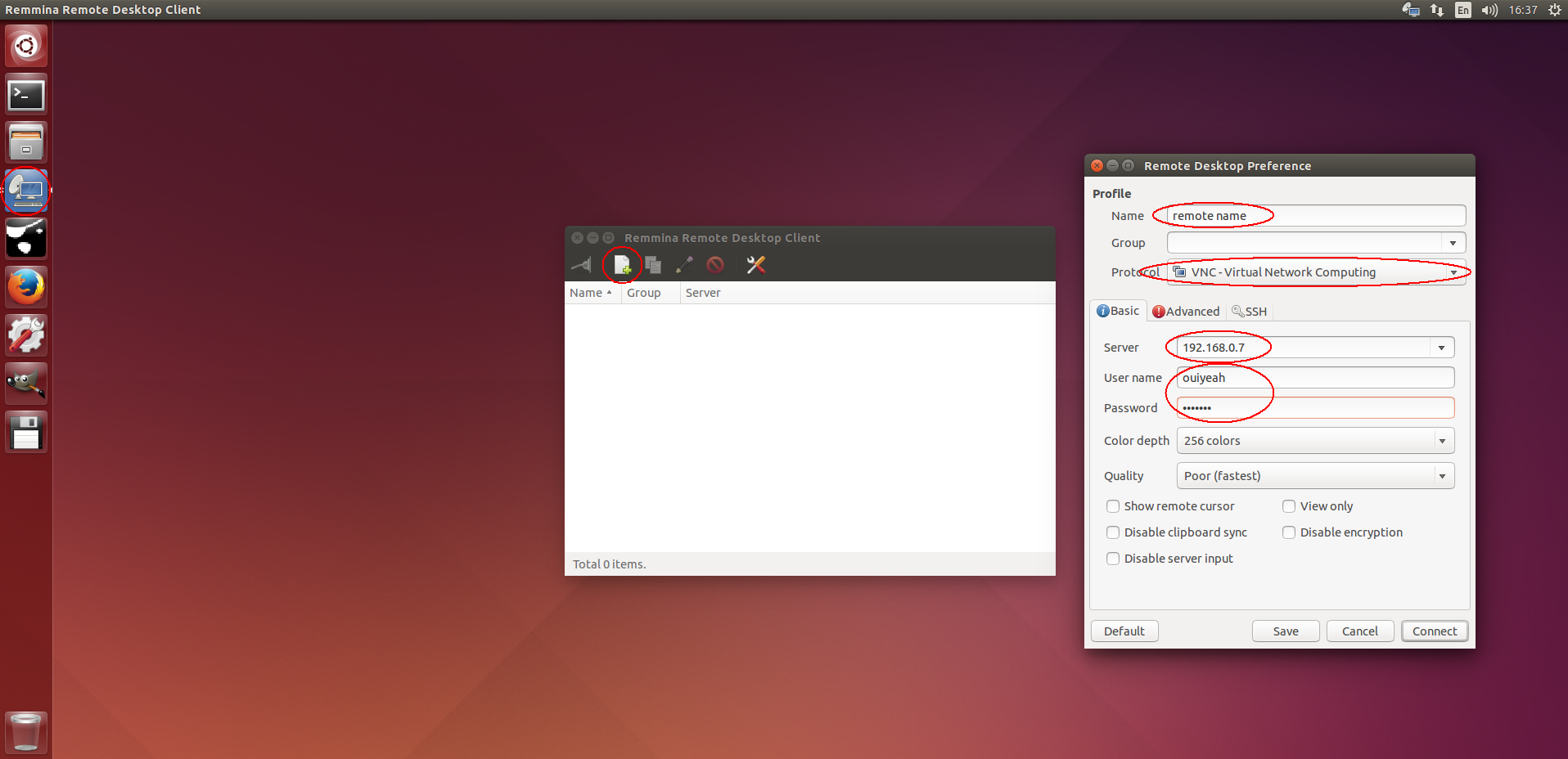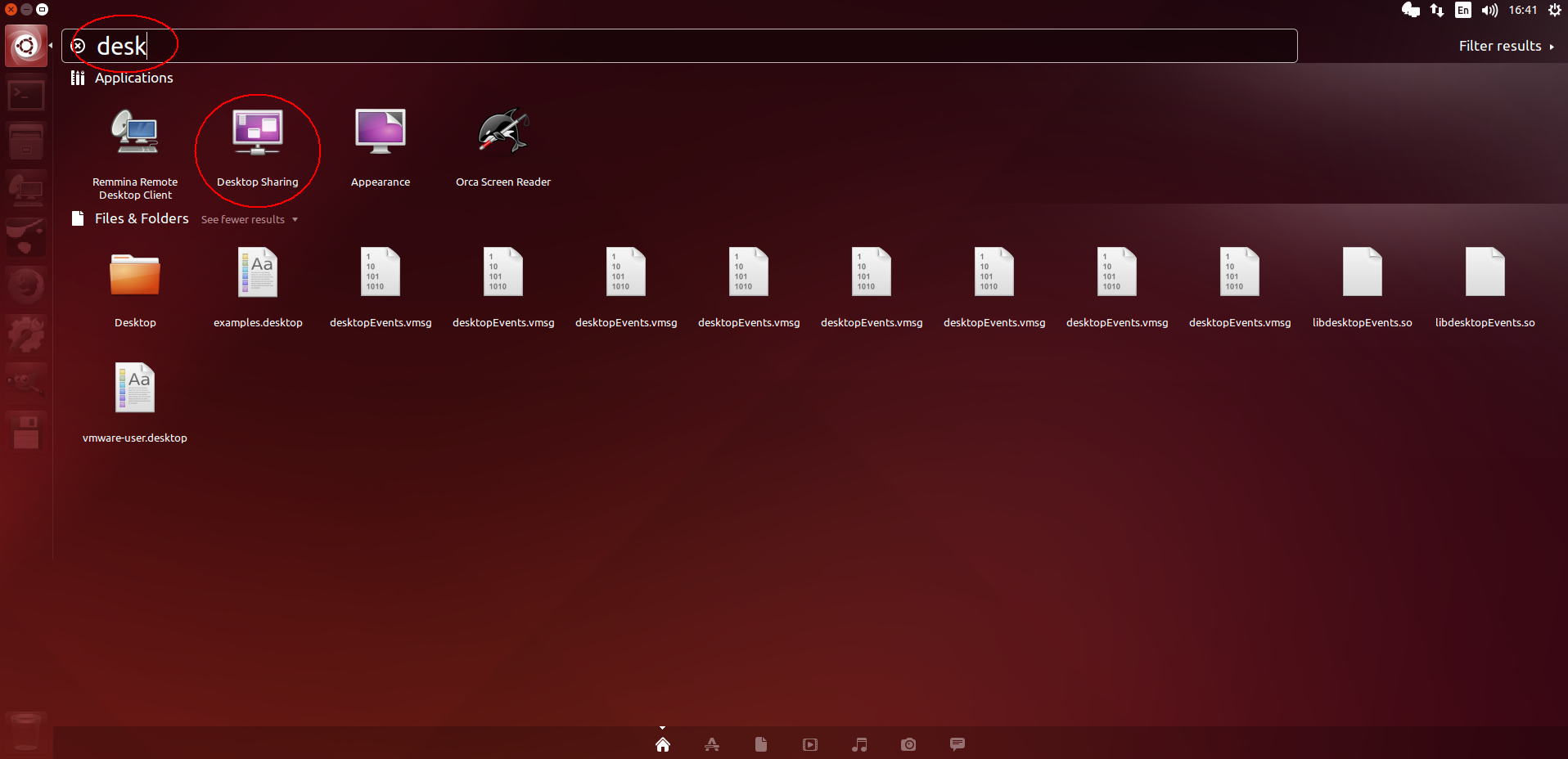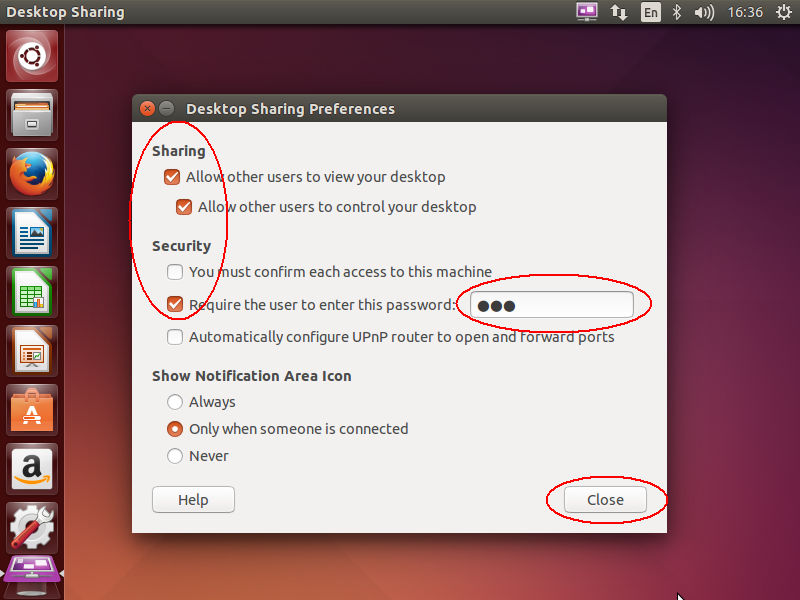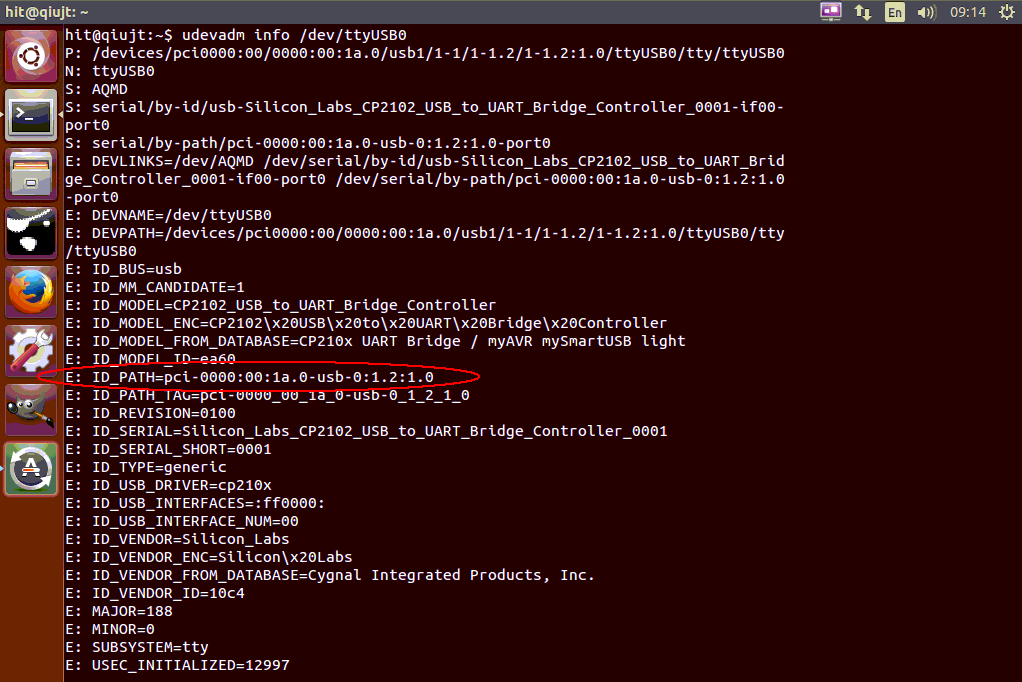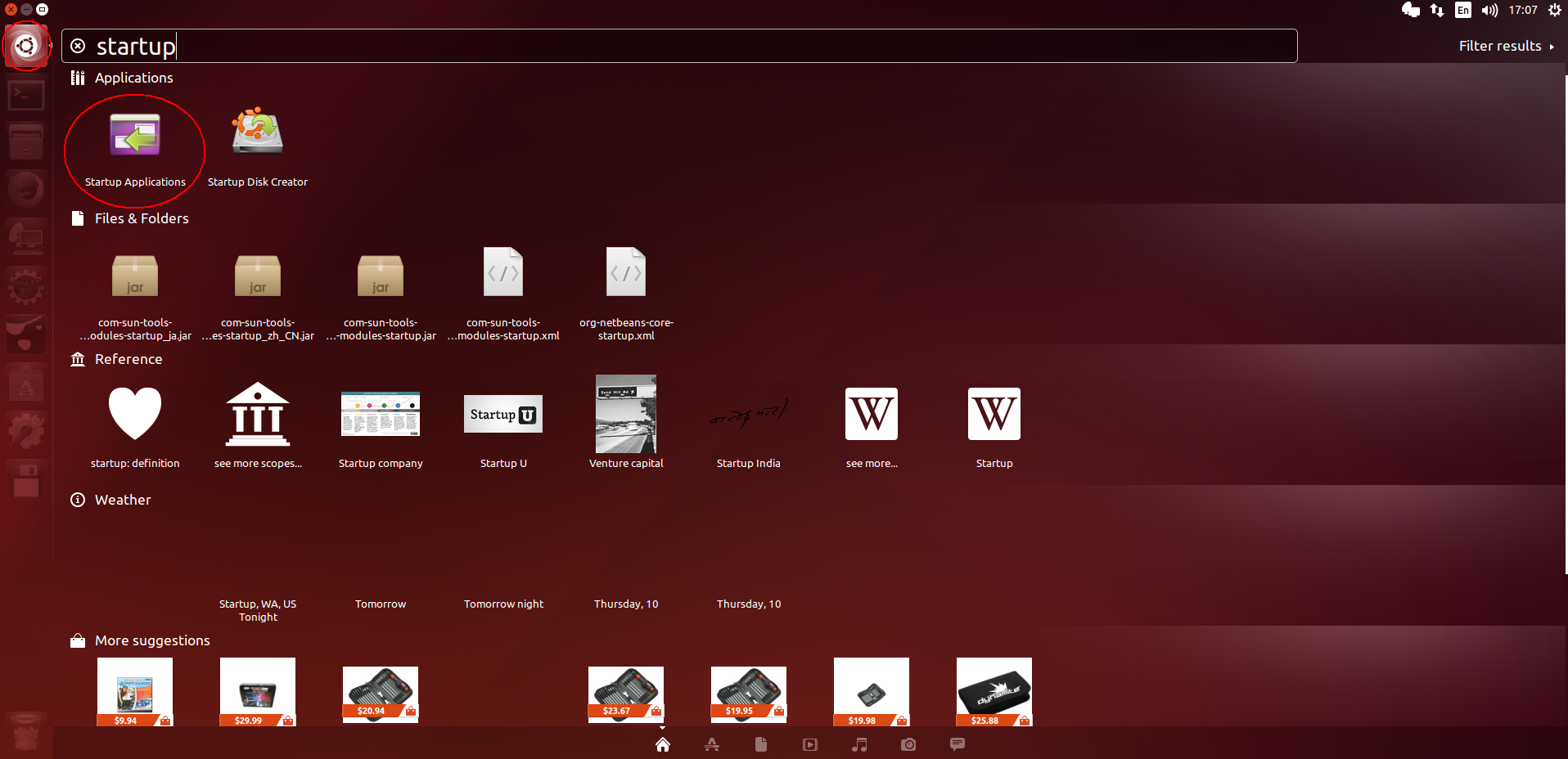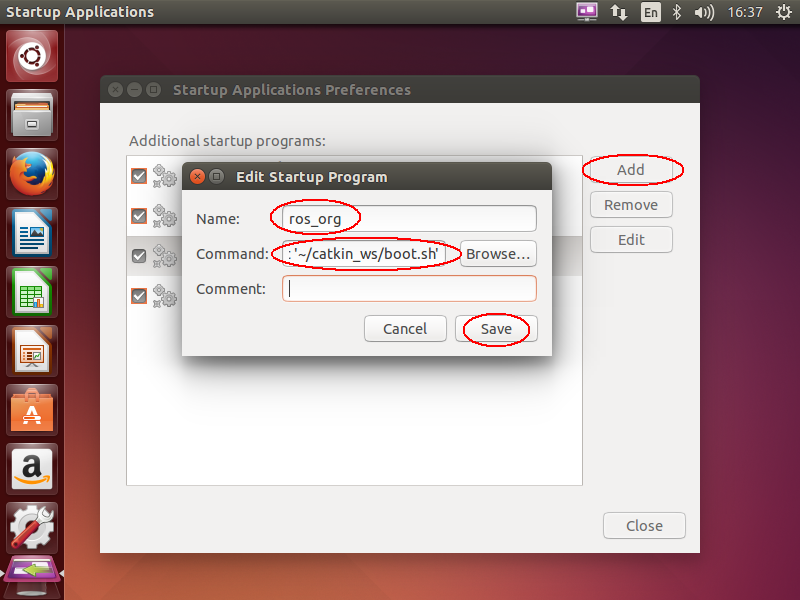open http://www.ubuntu.com/download/desktop/
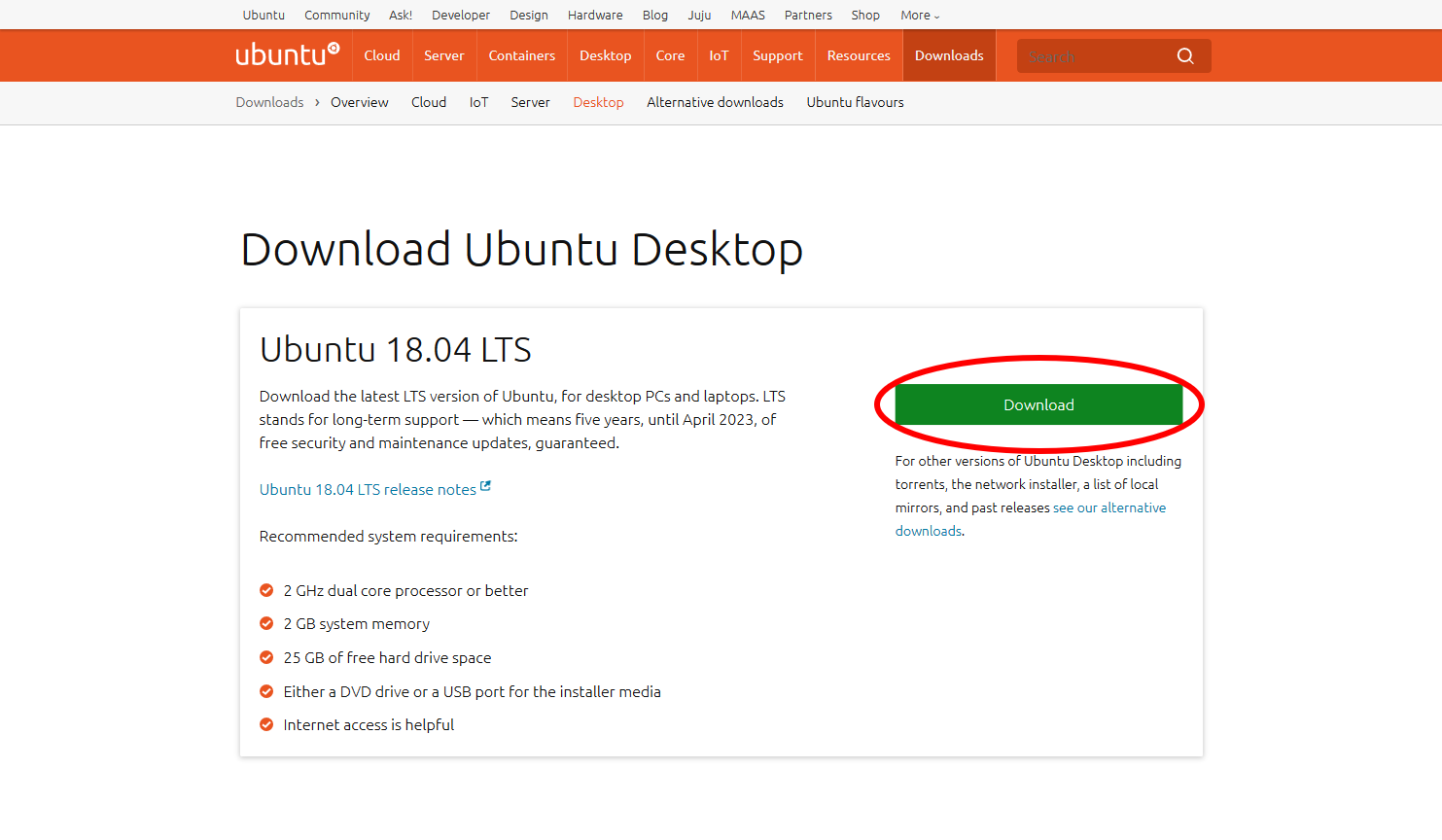
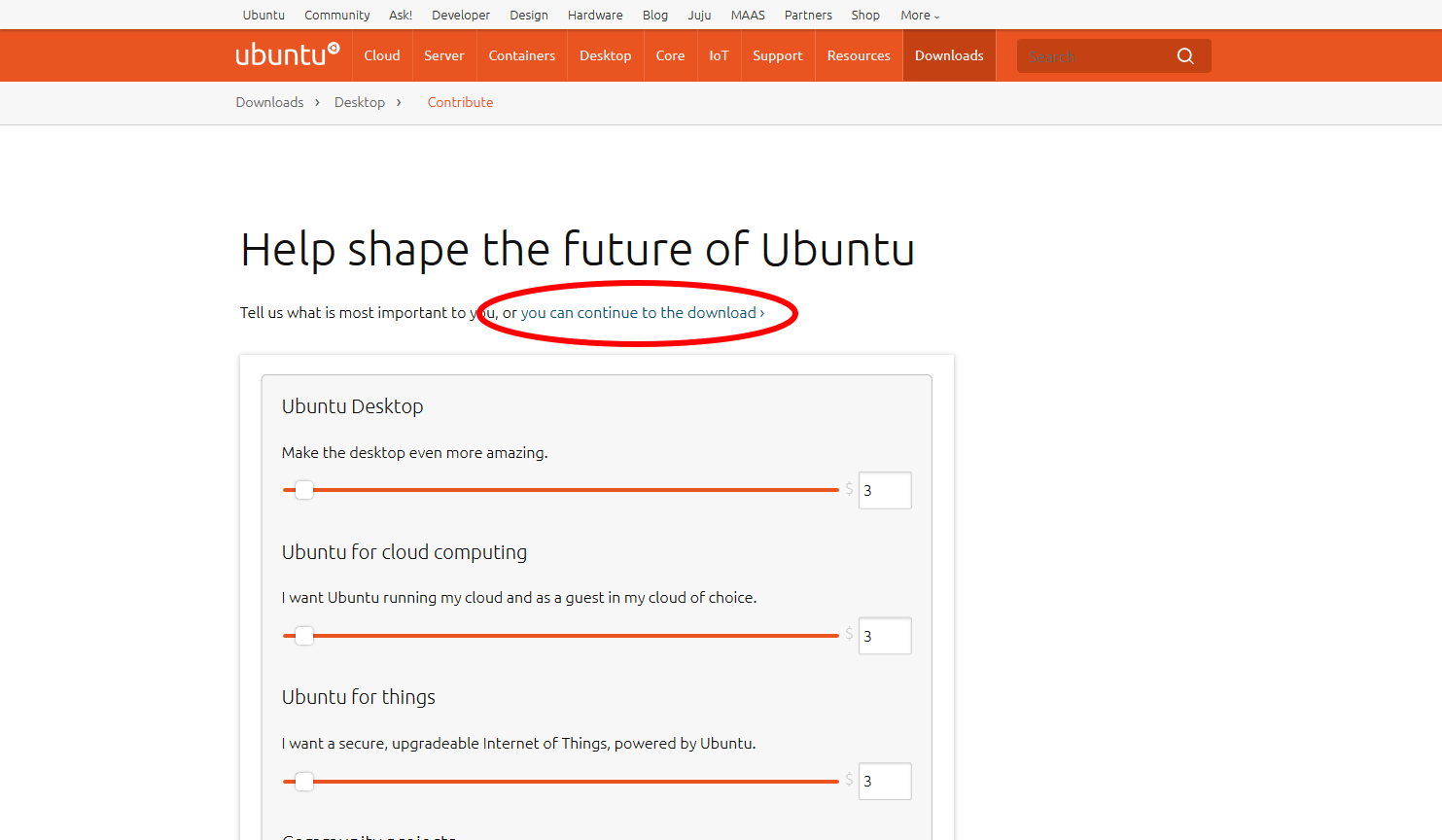
use other software (e.g. ultraiso) to make boot disk if necessary
note that if ubuntu system was reinstalled this hostname settings page may not be presented

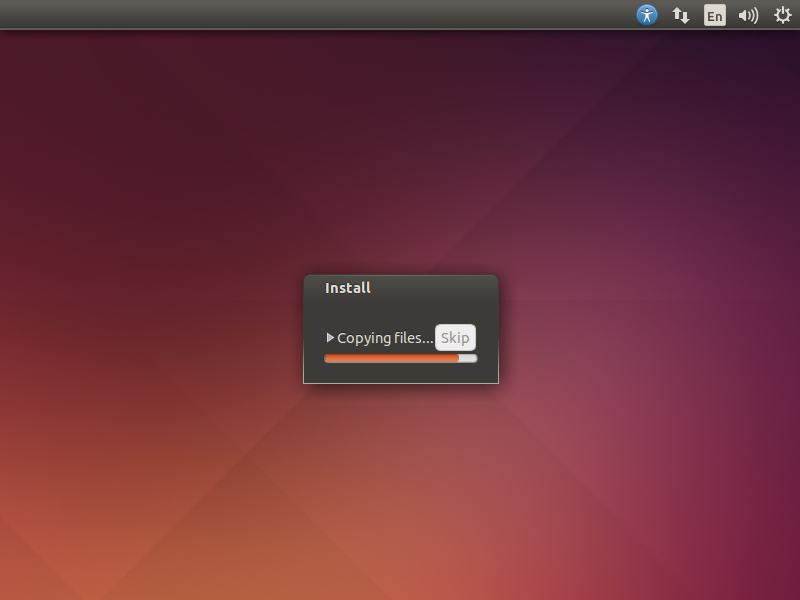
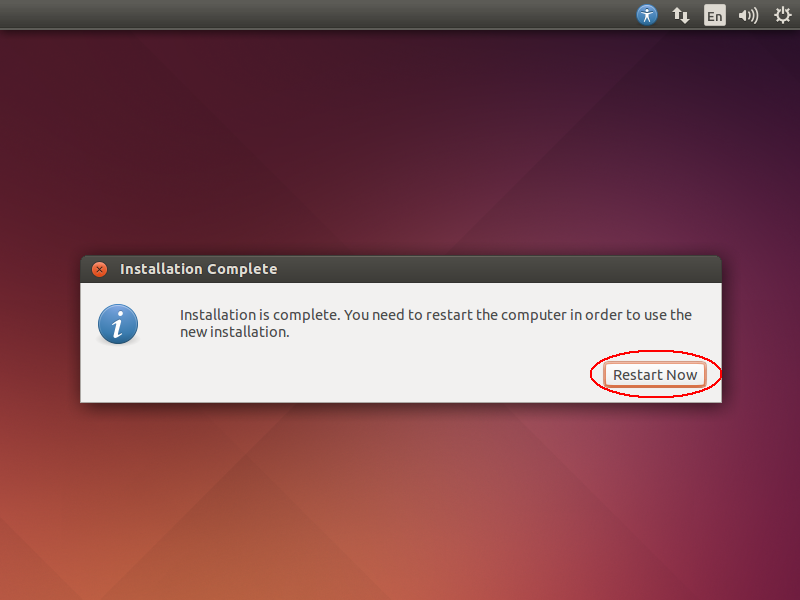
set scaling factor to 2 if hi-dpi screen enabled
gsettings set org.gnome.desktop.interface scaling-factor 2
fake a virtual monitor temperarily if gui program open failed
xrandr --newmode "ouiyeah" 49.00 1024 1072 1168 1312 600 603 613 624 -hsync +vsync
xrandr --addmode VIRTUAL1 ouiyeah
retry gui program (e.g. rviz) and good luck
add virtual monitors for ubuntu18.04
sudo vi /usr/share/X11/xorg.conf.d/20-intel.conf
Section "Device"
Identifier "intelgpu0"
Driver "intel"
Option "VirtualHeads" "2"
EndSection
X11 XServer Xorg without real monitor
sudo apt install xorg-video-abi-23(not recommended)
sudo apt install xserver-xorg-video-dummy
sudo cp ~/Documents/xorg.conf /usr/share/X11/xorg.conf.d/
sudo apt-get install xserver-xorg-input-all(not recommended)
Section "Device"
Identifier "DummyDevice"
Driver "dummy"
VideoRam 256000
EndSection
Section "Screen"
Identifier "DummyScreen"
Device "DummyDevice"
Monitor "DummyMonitor"
DefaultDepth 24
SubSection "Display"
Depth 24
Modes "1920x1080_60.0"
EndSubSection
EndSection
Section "Monitor"
Identifier "DummyMonitor"
HorizSync 30-70
VertRefresh 50-75
ModeLine "1920x1080" 148.50 1920 2448 2492 2640 1080 1084 1089 1125 +Hsync +Vsync
EndSection
bind eth0 to staic address for legacy linux network (not recommended)
sudo vi /etc/network/interfaces
#auto lo
#iface lo inet loopback
auto eth0
iface eth0 inet static
address 192.168.0.7
netmask 255.255.255.0
reset eth0 to static address once for legacy linux network (not recommended)
ifconfig eth0 [ip_address] netmask [ip_netmask] up
add connection in network manager gui mode (recommended)
set connection in network manager config file (strongly recommended)
sudo vi /etc/NetworkManager/system-connections/wifi_ssid
[connection]
id=ChinaNet-ouiyeah
uuid=cb9d0600-2d5f-4430-b874-9aeb67914d2f
type=802-11-wireless / 802-3-ethernet
autoconnect=true
[802-3-ethernet]
duplex=full
mac-address=0:1d:72:37:a9:df
[802-11-wireless]
ssid=ChinaNet-ouiyeah
mode=infrastructure
mac-address=40:E2:30:C3:76:43
security=802-11-wireless-security
[802-11-wireless-security]
key-mgmt=wpa-psk
psk=Can@jingt0
[ipv4]
method=manual / shared
dns=192.168.0.1;
addresses1=192.168.0.7/24,192.168.0.1
[ipv6]
method=auto
remember to set the link for network connection if failed to visit websites after installation
sudo ln -s /run/resolvconf/resolv.conf /etc/resolv.conf
sudo apt-get install net-tools
iwlist wlan0 scan | grep ESSID
sudo iw dev wlan0 scan | less
set remmina if it is used as terminal
sudo apt-get install remmina
set desktop sharing if it is used as host
sudo apt-get install vino
set vnc4server for connecting ubuntu from other system terminal (e.g. windows / ubuntu)
sudo apt-get install vnc4server
sudo apt-get install xrdp
sudo apt-get install dconf-editor
open dconf-editor and visit org > gnome > desktop > remote-access
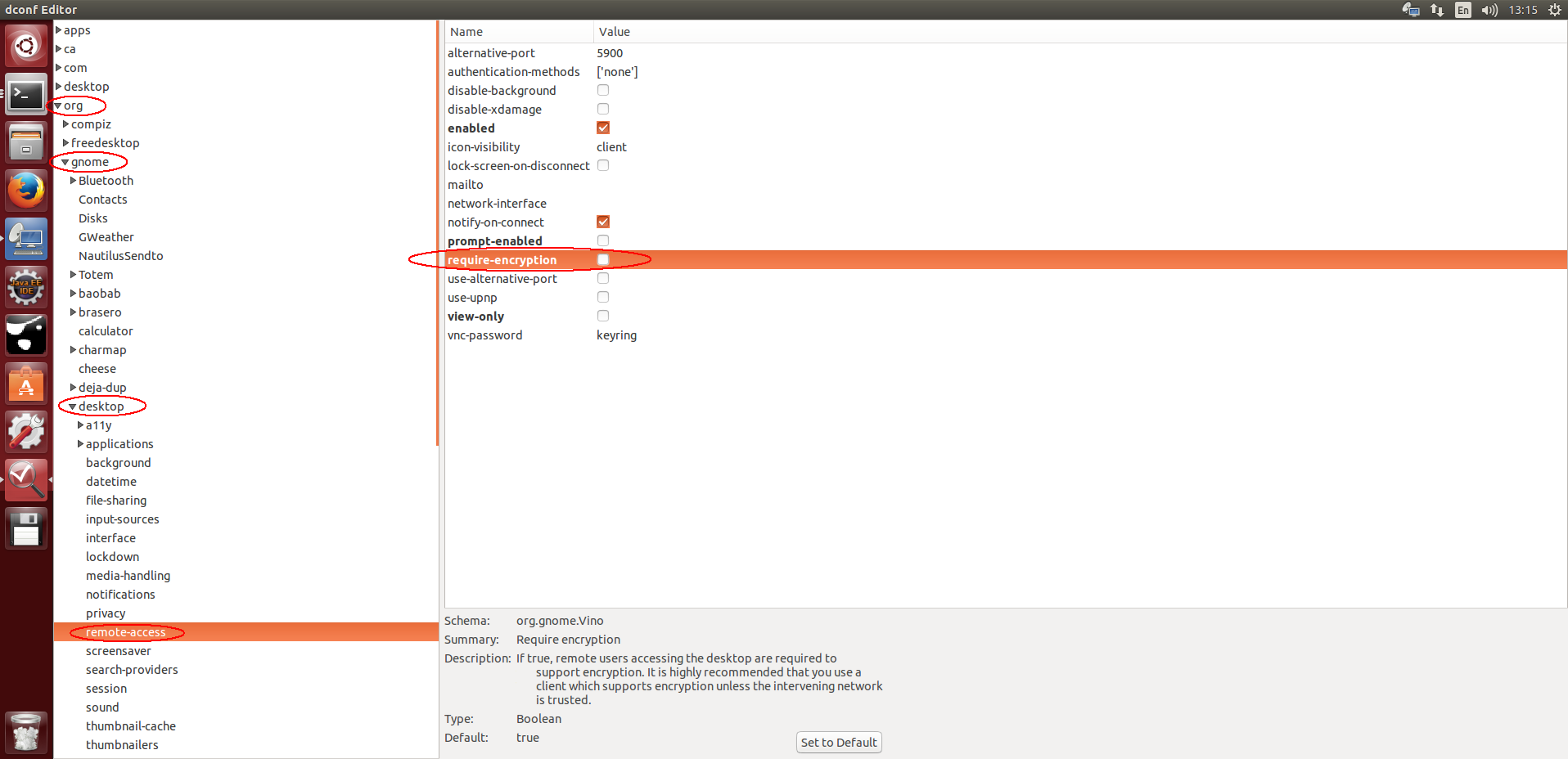 uncheck the "require-encryption" attribute
uncheck the "require-encryption" attribute
sudo vi /usr/share/glib-2.0/schemas/org.gnome.Vino.gschema.xml
<key name='enabled' type='b'>
<summary>Enable remote access to the desktop</summary>
<description>
If true, allows remote access to the desktop via the RFB
protocol. Users on remote machines may then connect to the
desktop using a VNC viewer.
</description>
<default>true</default>
</key>
sudo glib-compile-schemas /usr/share/glib-2.0/schemas
/usr/lib/vino/vino-server
set x11vnc for connecting odroid-ubuntu from windows
sudo apt-get install x11vnc
sudo apt-get install xrdp
sudo vi /etc/init/x11vnc.conf
start on login-session-start
script
x11vnc -display :0 -auth /var/run/lightdm/root/:0 -forever -shared -bg -o /var/log/x11vnc.log -rfbport 5900 -tightfilexfer
end script
use remote desktop from rdp to vnc
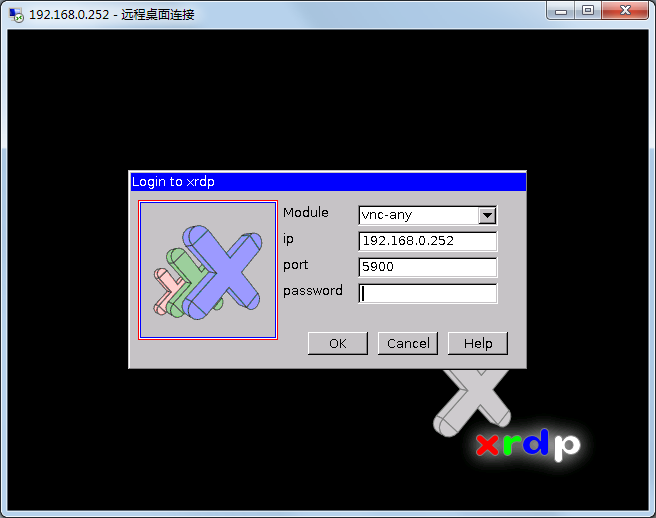
use tightvnc to copy and paste clipboard between windows and linux
use scp to copy files between linux systems and use pscp to copy files from or to windows
use teamviewer to fulfill remote access worldwide
reset unity if toolbar disappeared
dconf reset -f /org/compiz/
setsid unity
cancel sudo password
sudo sed -i -e "/%sudo\sALL=(ALL:ALL)\sALL/ c %sudo\tALL=(ALL:ALL) NOPASSWD:ALL" /etc/sudoers
use pkexec command if sudo failed
pkexec visudo -f /etc/sudoers
save (ctrl^o + return) and exit (ctrl^x)
change sudo password
sudo passwd [user]
change powerbtn event to shutdown immediately (legacy)
sudo sed -i -e "/action=/etc/acpi/powerbtn.sh/ c action=sudo /sbin/shutdown -h now" /etc/acpi/events/powerbtn
change powerbtn event to reset communication (current)
sudo sed -i -e "/action=/etc/acpi/powerbtn.sh/ c action=/etc/acpi/comm-reset.sh" /etc/acpi/events/powerbtn
sudo ln -s ~/catkin_ws/comm-reset.sh /etc/acpi/comm-reset.sh
sudo service acpid restart
open dconf-editor and visit org > gnome > settings-daemon > plugins > power
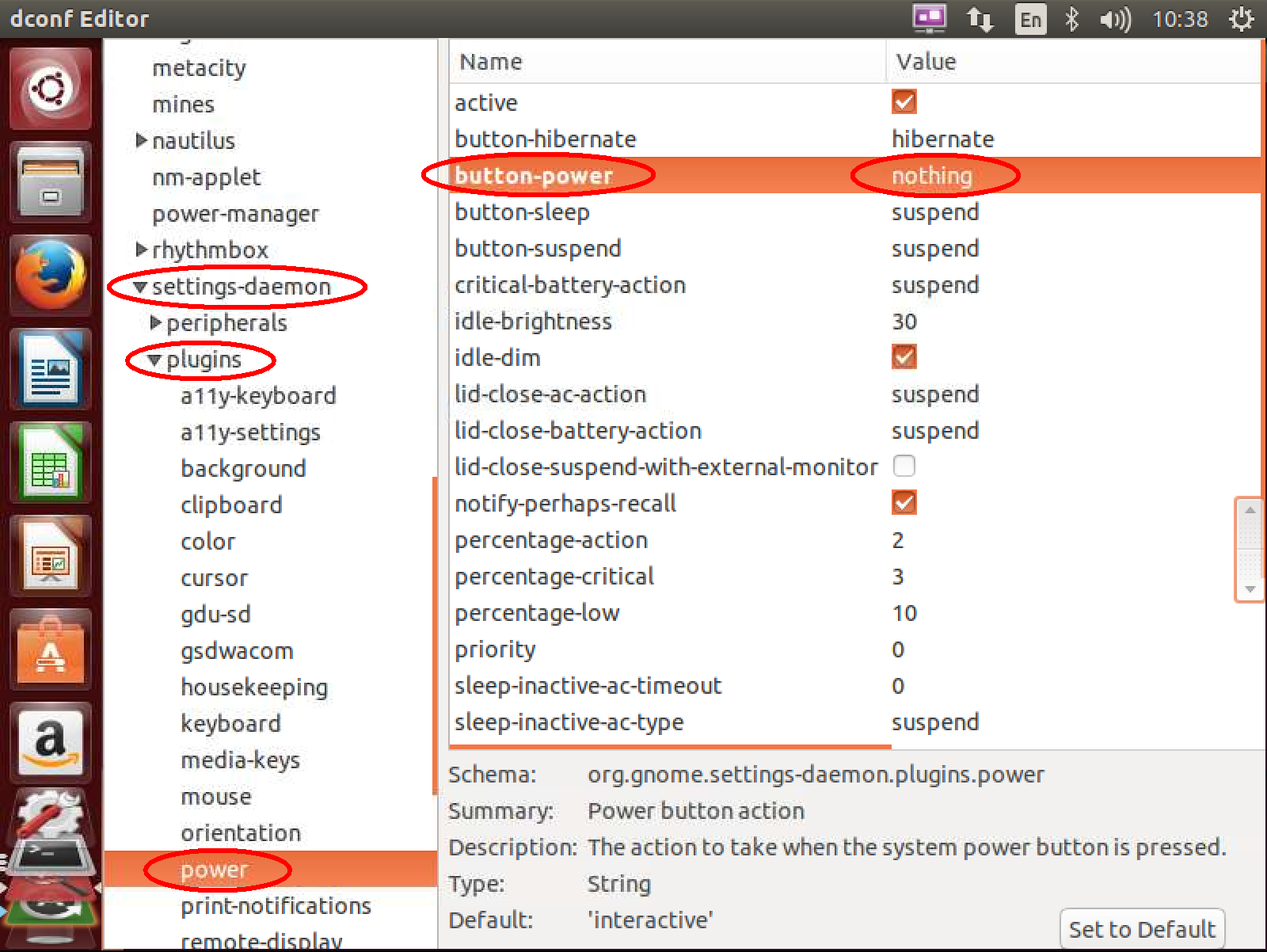 change the "button-power" attribute to "nothing"
change the "button-power" attribute to "nothing"
add current user to dialout group for tty authority
sudo usermod -aG dialout $(whoami)
create tty rule file for current user
echo 'KERNEL=="ttyS[0-9]*", MODE="0666"' | sudo tee -a /etc/udev/rules.d/70-persistent-tty.rules
echo 'KERNEL=="ttyUSB[0-9]*", MODE="0666"' | sudo tee -a /etc/udev/rules.d/70-persistent-tty.rules
lookup and bind the device id
udevadm info /dev/ttyUSB0 (e.g. USB0 ID_PATH=pci-0000:00:1a.0-usb-0:1.2:1.0)
echo 'SUBSYSTEM=="tty", ENV{ID_PATH}=="pci-0000:00:1a.0-usb-0:1.2:1.0", SYMLINK+="alias_name(e.g.)"' | sudo tee -a /etc/udev/rules.d/70-persistent-tty.rules
revise grub file in order to skip boot-in check if necessary
sudo sed -i '177s/ ro / rw /' /etc/grub.d/10_linux (replace 177=>184/188 for 18.04)
sudo update-grub
install google input source for ibus (or fcitx)
sudo apt-get install ibus-googlepinyin (or fcitx-googlepinyin)
install basic development toolkits
sudo apt-get install vim ssh htop cutecom setserial imagemagick
set git config for user name and email
sudo apt-get install git
git config --global user.name `hostname`
git config --global user.email $USER@qq.com
git config --global merge.tool meld
git config --global credential.helper store
rm ~/.git-credentials
generate ssh-key and add ~/.ssh/id_rsa.pub to github if necessary
ssh-keygen -t rsa -C $USER@qq.com
may need to add ssh only if the system isn’t doing it for you automatically.
ssh-add ~/.ssh/id_rsa
cat ~/.ssh/id_rsa.pub
install gitg for git and rapidsvn for svn
sudo apt-get install gitg rapidsvn meld
link git repository
git clone https://github.com/ros-org/release
git clone git@github.com:ros-org/ros_org.git
fix git error if necessary
find .git/objects/ -type f -empty | xargs rm
link svn repository if rapidsvn is failed to get permanent certification
svn list https://10.1.11.10/svn/LaserGPS1 (e.g.)
remove all backup~ files from svn if necessary
find . -name *~ -exec rm {} ;
set "subl" and "meld" in the preference of rapidsvn
install partition tools if necessary
sudo apt-get install gparted
install mysql database if necessary
sudo apt-get install mysql-server
sudo apt-get install mysql-client
sudo apt-get install libmysqlclient-dev
sudo apt-get install gnome-screensaver
edit the startup program command as follow if running ros file before calling .bashrc
gnome-terminal -x bash -c '~/catkin_ws/boot.sh'
gnome-terminal -- setsid /usr/lib/vino/vino-server
sudo apt-get install synaptic
install armadillo and vlc in synaptic
sudo apt-get install python-pip
sudo pip install python-vlc
sudo -H pip2 install --upgrade pip
sudo pip install GitPython
python -m pip install --user spicy
sudo pip install future
sudo pip install Shapely
sudo pip install opencv-contrib-python
alternative use python2.7 or python3 if necessary
sudo update-alternatives --install /usr/bin/python python /usr/bin/python3 1
download intel nuc wifi
select linux kernel version
download headers, headers-generic, and image deb
uname -sr
sudo dpkg -i *.deb
sudo reboot
uname -sr
sudo cp -i iwlwifi-*.ucode /lib/firmware
sudo update-grub
sudo reboot
sudo vi /etc/hostname
[hostname]
sudo vi /etc/hosts
127.0.0.1 localhost
127.0.1.1 [hostname]
sudo apt-get clean
journalctl --vacuum-size=10M
#!/bin/bash
# Removes old revisions of snaps
# CLOSE ALL SNAPS BEFORE RUNNING THIS
set -eu
snap list --all | awk '/disabled/{print $1, $3}' |
while read snapname revision; do
snap remove "$snapname" --revision="$revision"
done
remove drag_and drop and set bit zero if vmware
rm -rf ~/.cache/vmware/drag_and_drop
sudo su -c 'dd if=/dev/zero of=/zero bs=512; rm -v /zero'
do compress in vmware settings
add apt-repository as ubuntu 14.04/16.04
sudo add-apt-repository ppa:nemh/systemback
add apt-repository as ubuntu 18.04 or later
sudo add-apt-repository "deb http://ppa.launchpad.net/nemh/systemback/ubuntu xenial main"
sudo apt-get update && sudo apt-get install systemback unionfs-fuse
revise grub file in order to alter display resolution if necessary
sudo sed -i -e '/GRUB_CMDLINE_LINUX_DEFAULT="quiet splash"/ c GRUB_CMDLINE_LINUX_DEFAULT="quiet splash i915.alpha_support=1"' /etc/default/grub
sudo update-grub
copy EFI/BOOT from origin iso to custom iso in boot disk
unane -r
modprobe nls iso8859-1
depmod
modprobe nls so8859-1
reboot
sudo apt-get install curl openssh-server ca-certificates postfix
press the Tab key to go to the "OK" button, and then press Enter
curl https://packages.gitlab.com/install/repositories/gitlab/gitlab-ce/script.deb.sh |sudo bash
sudo apt-get install gitlab-ce
open the file/etc/gitlab/gitlab.rb, and at approximately line 32, change the domain name for external access
sudo gitlab-ctl stop sudo gitlab-ctl reconfigure sudo gitlab-ctl restart sudo gitlab-ctl start
user: root passwd: /etc/gitlab/initial_root_password
sudo apt-get install ca-certificates curl
sudo install -m 0755 -d /etc/apt/keyrings
sudo curl -fsSL https://download.docker.com/linux/ubuntu/gpg -o /etc/apt/keyrings/docker.asc
sudo chmod a+r /etc/apt/keyrings/docker.asc
echo "deb [arch=$(dpkg --print-architecture) signed-by=/etc/apt/keyrings/docker.asc] https://download.docker.com/linux/ubuntu $(. /etc/os-release && echo "$VERSION_CODENAME") stable" | sudo tee /etc/apt/sources.list.d/docker.list > /dev/null
sudo apt-get update
sudo apt-get install docker-ce docker-ce-cli containerd.io docker-buildx-plugin docker-compose-plugin
sudo docker run hello-world
sudo docker pull shreyasgokhale/gc-ros-gazebo-vnc
sudo docker run -v /home/ouiyeah/bag:/home/ros/Desktop -p 6901:6901 shreyasgokhale/gc-ros-gazebo-vnc
default passwd: vncpassword
